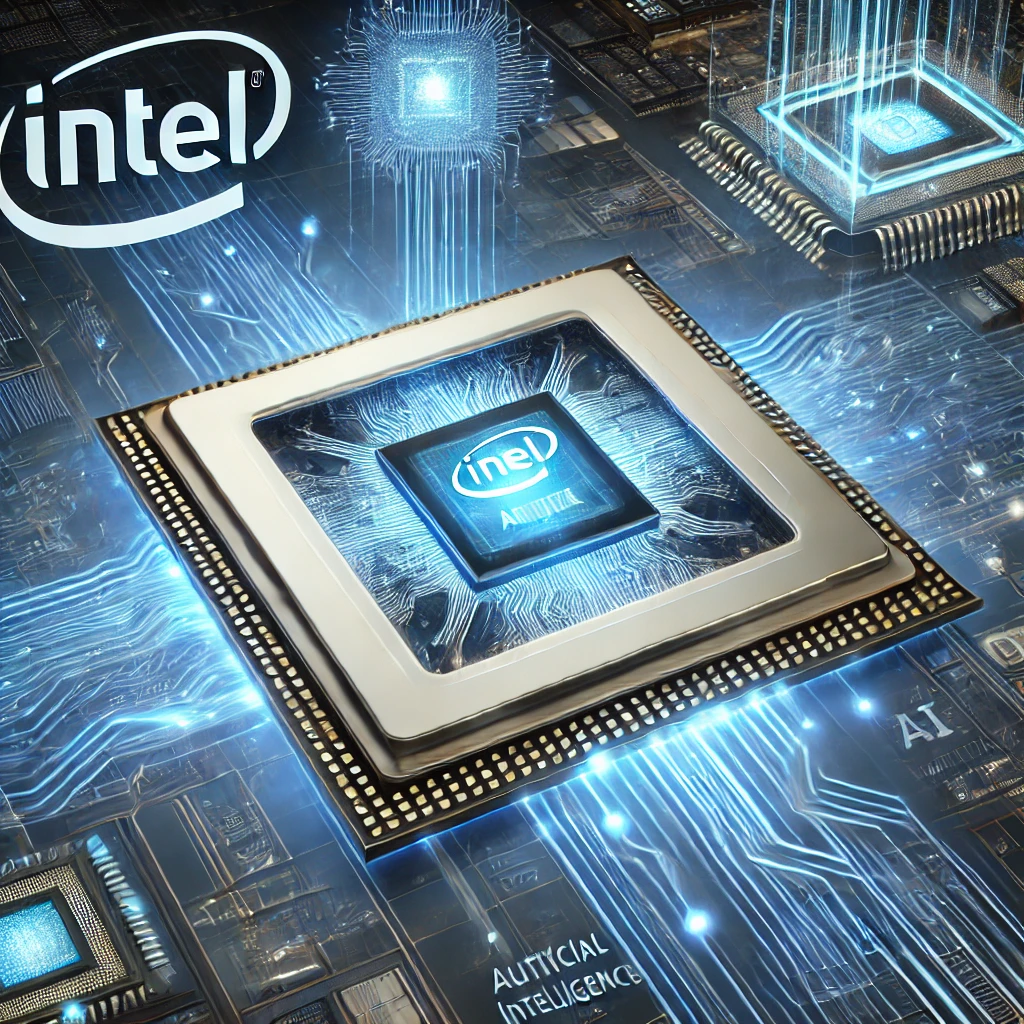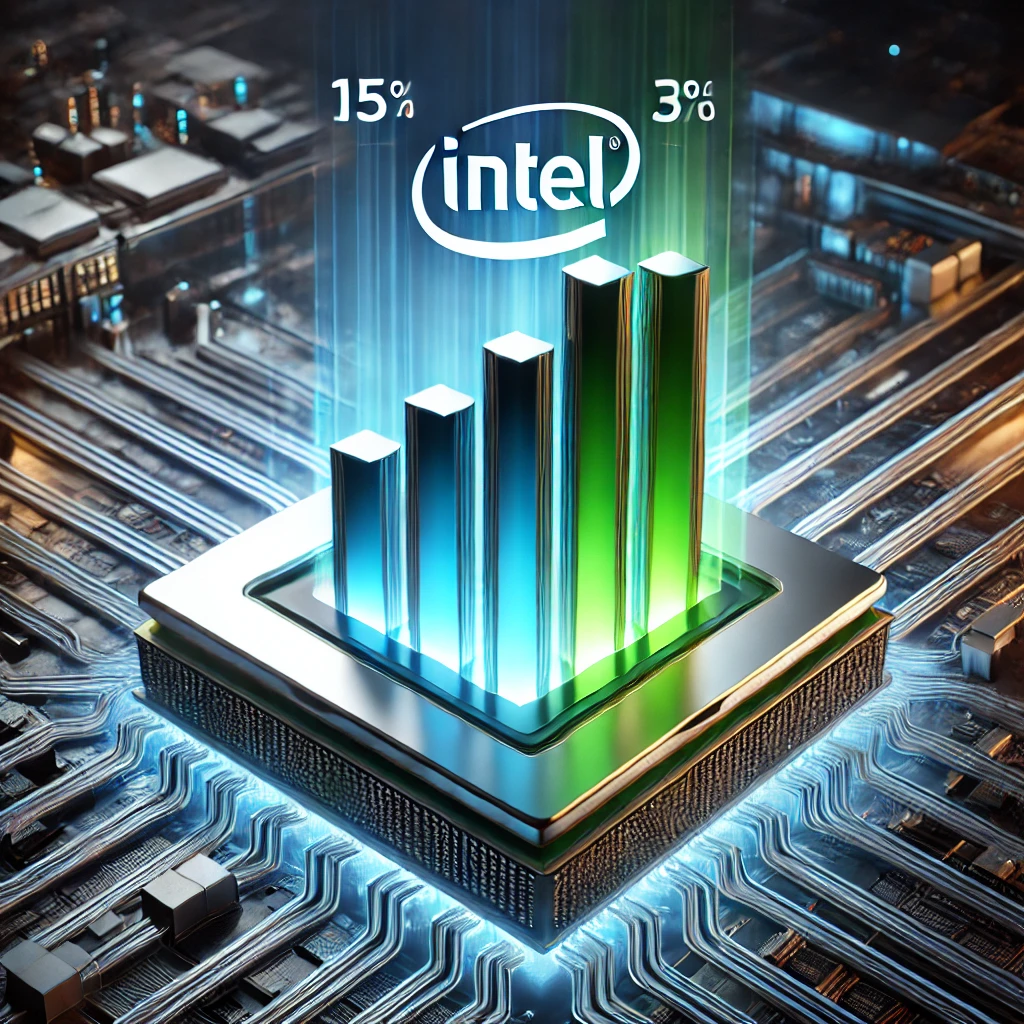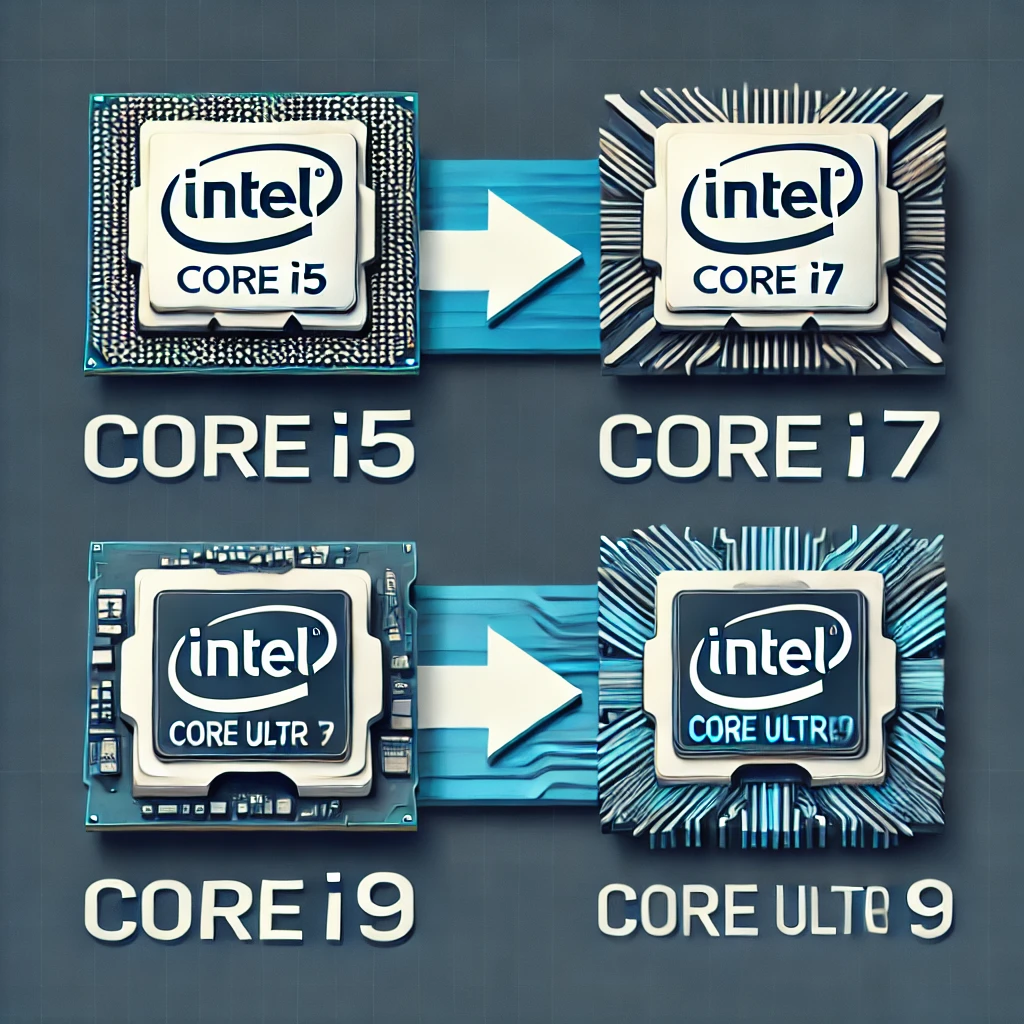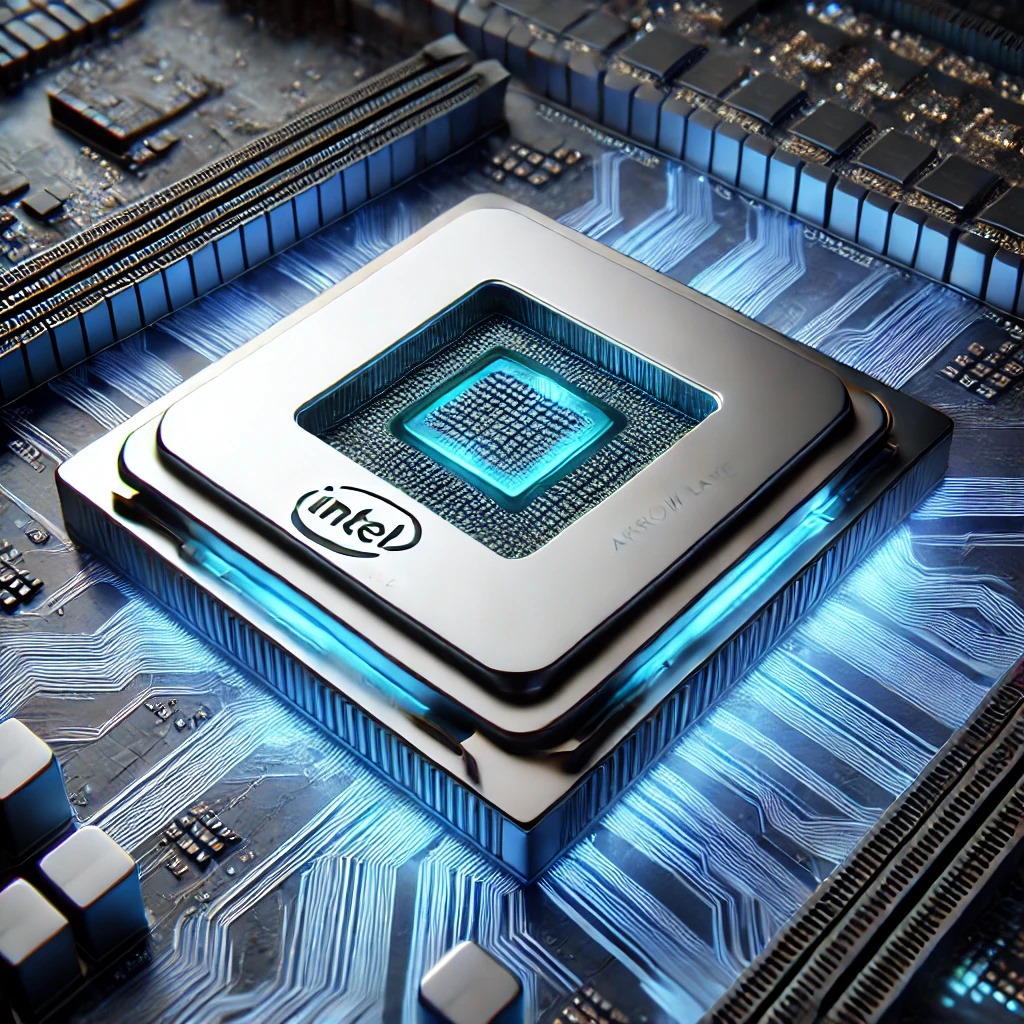Latest Intel Processors 2024: "Arrow Lake" & "Meteor Lake" Upgrades, Technical Issues & Future Solutions

Introduction
Intel always impresses us with its advancements in the world of processors. With each new generation, we see improvements in performance and energy efficiency. Recently, the company launched the 15th generation "Arrow Lake" and introduced major changes in the naming and design of its "Meteor Lake" mobile processors. However, alongside these advancements, some issues have emerged that require solutions. In this article, we will review the latest updates on Intel processors.
15th Generation "Arrow Lake": Higher Efficiency and Stronger Performance
Intel announced the launch of the 15th generation "Arrow Lake," which brings significant improvements compared to the previous generation, "Raptor Lake." Here are the key features:
- Higher energy efficiency: Power consumption has been reduced by 40% compared to the previous generation, making it an excellent choice for those who prioritize energy efficiency.
- Lower temperatures: Tests have shown that temperatures have dropped by more than 10 degrees Celsius, providing greater processor stability.
- Support for the latest technologies: Supports technologies such as Thunderbolt 4 and Wi-Fi 6E, ensuring faster connectivity and better performance.
- Increased RAM support: The new processors can now support up to 192GB of DDR5 RAM, offering more capacity for professionals and gamers.

Intel's New Naming System with "Meteor Lake"
Intel has decided to change its traditional naming system for processors to make it easier for users to understand. Instead of the usual names like Core i5, Core i7, and Core i9, the new naming system is as follows:
- Core Ultra 5 instead of Core i5
- Core Ultra 7 instead of Core i7
- Core Ultra 9 instead of Core i9

This change was introduced with the launch of "Meteor Lake" mobile processors, which utilize Foveros technology to integrate multiple types of cores within a single chip, enhancing performance while reducing power consumption. Additionally, these processors feature Intel Arc integrated graphics, providing better graphics and gaming performance.
Technical Issues in Some Recent Intel Processors
Despite these advancements, Intel has encountered technical issues in some 13th and 14th generation processors. Users have reported system instability and the appearance of the Blue Screen of Death (BSOD). The cause was an abnormal increase in operating voltage, leading to unexpected failures.
- What did Intel do? The company released a microcode update to fix the issue and advised users to adjust voltage and frequency settings to ensure system stability.
- Impact of the issue? The problem particularly affected users who engage in overclocking, as the 14th generation consumes more power than the previous generation.
The Future of Intel Processors: What’s Next?
Intel is working on improving manufacturing technologies, and we can expect to see processors built with process nodes smaller than 7nm soon. This will increase efficiency and reduce power consumption. Additionally, the company is focusing on integrating artificial intelligence technologies into its processors, which will significantly impact smart devices and cloud computing performance.

Conclusion
Intel continues to bring the latest innovations in processors, whether through performance improvements or energy efficiency enhancements. However, technical challenges remain, and the company is actively working to address them through updates and ongoing development. With upcoming advancements, we can expect more powerful and efficient processors in the near future.


